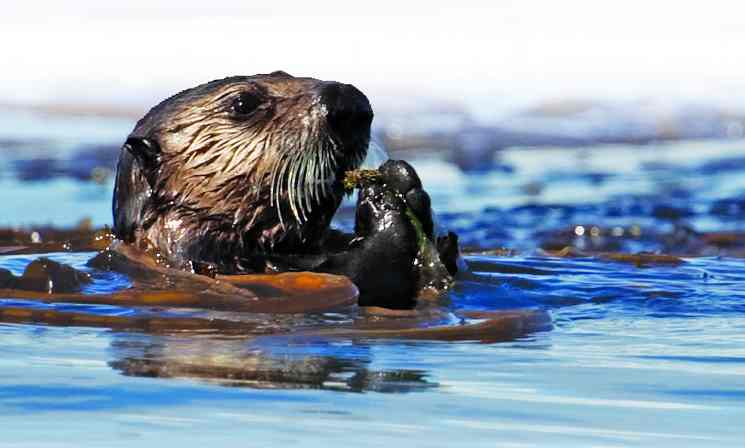 Nearly 25 years after the Exxon Valdez oil spill injured wildlife off the coast of Alaska, a new report issued today by the U.S. Geological Survey indicates that sea otters have returned to pre-spill numbers within the most heavily oiled areas of Prince William Sound.
Nearly 25 years after the Exxon Valdez oil spill injured wildlife off the coast of Alaska, a new report issued today by the U.S. Geological Survey indicates that sea otters have returned to pre-spill numbers within the most heavily oiled areas of Prince William Sound.
Sea otters in the path of the oil incurred heavy mortality when 42 million liters of Prudhoe Bay crude oil were spilled in Prince William Sound in March 1989, with an estimated loss of several thousand otters. Through long-term data collection and analysis, scientists found that sea otters were slow to recover, likely because of chronic exposure to lingering oil. Other studies documented persistence of oil in the sea otter’s intertidal feeding habitats.
Scientists assessed recovery by estimating the number of living sea otters based on aerial surveys and comparing that to pre-spill numbers. They also collected carcasses of otters that had died in the spill area. Carcasses were evaluated to determine how old sea otters were when they died. Historically, and prior to the spill, most dead otters were either very old or very young, but following the spill, more middle-aged otters were dying as well. The ages of dead animals has now returned to the pre-spill pattern.
Recovery also was assessed using studies to detect oil exposure using gene expression as a biochemical indicator. The most recent genetic evidence suggested a reduction in oil exposure since 2008.
Scientists concluded that the status of sea otters in western Prince William Sound is now consistent with the criteria established for population recovery set by the Exxon Valdez Oil Spill Trustee Council.
The sea otter was one of more than 20 nearshore species considered to have been injured by the spill.



















